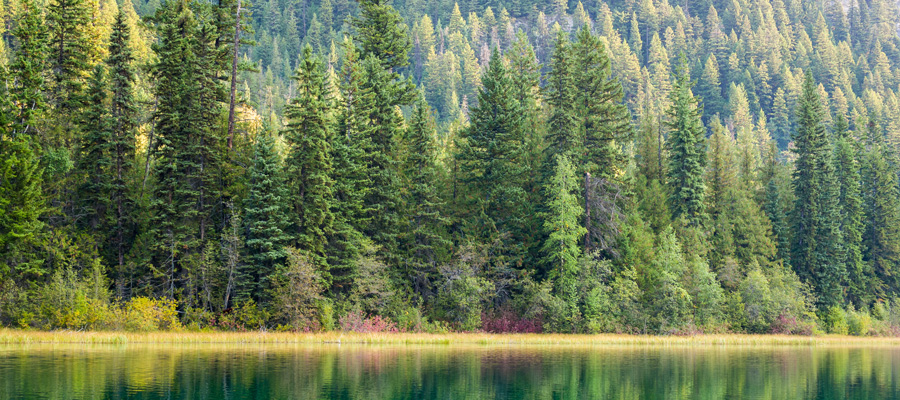Healthy forests for a cooler future

There was every reason to believe in the early spring of this year that the most ambitious tree-planting program in British Columbia’s history would be scuttled by COVID-19.
A record 310 million seedlings were slated to be planted. But with the unfolding pandemic, all bets were off.
Only after tree-planting companies, First Nations, provincial health and forestry officials, local governments and others agreed to rigid social-distancing protocols within tree-planting camps themselves and in interactions between the camps and nearby communities did the program proceed.
And, remarkably, it was pulled off with no camp shutdowns or positive tests.
The 25 per cent increase in trees planted is a taste of what’s coming, if a federal climate action pledge to plant an additional two billion trees across Canada over the next decade is realized.
The pledge is grounded in the undisputed fact that trees absorb carbon dioxide, the dominant greenhouse gas warming the earth. But an equally undisputed fact is that there is no guarantee that a tree planted today will be there tomorrow.
Underscoring that point, some of the federally funded trees planted in BC this year were sunk into the ground where wildfires in 2017 and 2018 burned a combined landmass greater in size than four Prince Edward Islands.
There is no guarantee that a tree planted today will be there tomorrow.
The greenhouse gas emissions associated with such fires are massive. For perspective, the emissions from wildfires in BC in 2017 were 176 million tonnes, or 2.5 times higher than emissions from all other sources that year.
Author Naomi Klein has said that climate change “changes everything.” And nowhere may that observation be more applicable than with our forests.
On the credit side of the ledger, planted trees store carbon. On the debit side, burned trees release it. In between is an incredibly complex world involving our choices about what forests we log and what we do with the trees we log.
Ironically, one forest product that has exploded in use in the past two decades is wood pellets, which are being burned to create heat and thermal power. Several countries claim that burning wood for energy is preferable to coal, natural gas or oil because only wood is “renewable.” Yes, carbon is released when wood is burned, but the carbon stored in planted trees eventually offsets what is released, making it an “emissions-free” energy source—or so the European Union claimed when it signed the Kyoto Protocol in 1997.
But as demand for wood pellets has accelerated, something not foreseen just years ago has materialized. Instead of the wood waste at milling operations becoming the feedstock for wood pellets, entire forests are now being levelled with the express purpose of turning carbon-storing trees into carbon-emitting fuels.
British power company Drax used to burn coal to produce electricity. Now it burns wood. Of the 6.8 million tonnes of pellets it burns annually, 4.1 million tonnes comes from the southern United States where environmental campaigners have documented whole forests being cut down just to supply that one power plant.
Entire forests are now being levelled with the express purpose of turning carbon-storing trees into carbon-emitting fuels.
The same creep toward using living trees as the feedstock for something to be burned is gaining ground in Canada, too, where environmental campaigners have documented old-growth trees from some of the country’s rarest ecosystems being turned to pellets.
This debit side of the ledger is rarely discussed.
That is why the Canadian Centre for Policy Alternatives and others have pressed the Canadian and provincial governments to embrace policies that thoroughly count both the credits associated with planting trees and conserving forests and the debits associated with logging forests and the products we make from them.
A tree logged and turned immediately into pellets is a very different thing from a tree logged and turned into boards that then frame a house. Pellets almost immediately go up in smoke and emit whatever carbon was once stored, whereas the wood framing in a house can last a century or more, continuing to store the carbon from the trees from whence it came.
Such differences matter. If we want to have healthy forests in future years, we need to think beyond the trees that we plant to what we do with them.
This article first appeared in The Hills Times.
Topics: Climate change & energy policy, Environment, resources & sustainability

